From clean water that we drink everyday; to roads/highway that we travel on; to sweet home house buildings that we dwell, all have the finger prints of civil engineering. Civil engineering as a backbone of civilization through out history. It serves the need of people and communities by designing and building houses, buildings, bridges, railways, tunnels, water treatment plants, pipe lines, and so on.
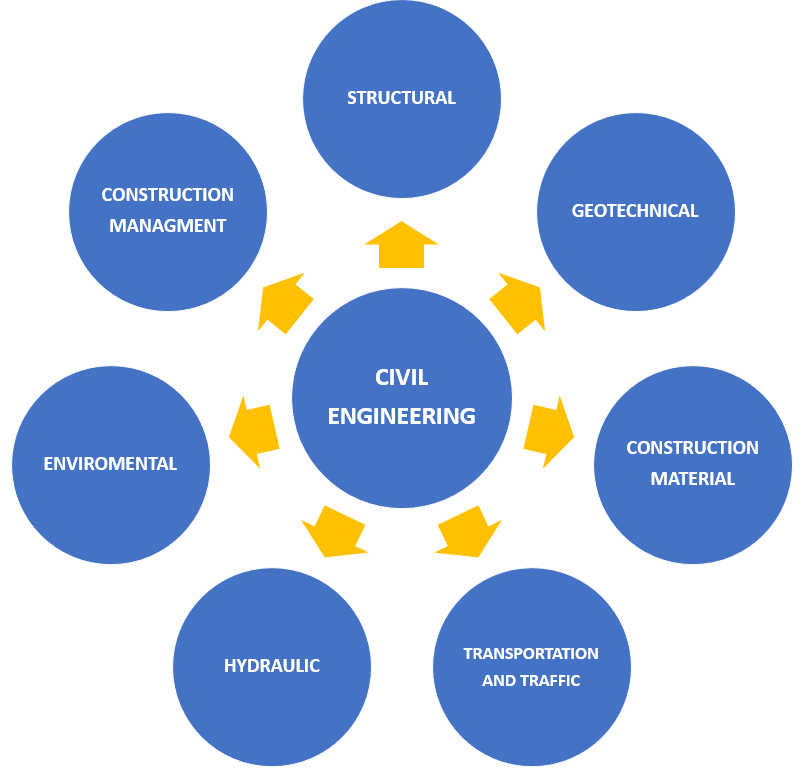
Civil engineering plans, designs, constructs/builds, monitors, and maintains various structures to benefit society. Civil engineering also studies our surroundings to create safe environment by managing waste and pollution.
READ HELPFUL BOOKS ON THIS TOPIC
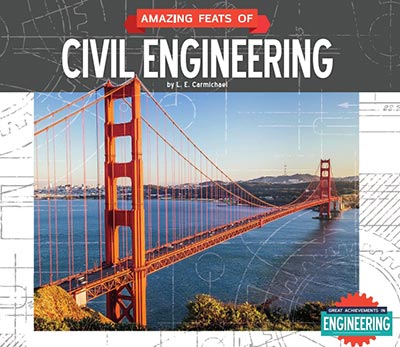
Amazing Feats of Civil Engineering
By L. E. Carmichael
The book highlights the history and role of civil engineers, showcasing iconic projects like bridges, tunnels, and skyscrapers, while inspiring readers with real-world examples and career insights.
More Books

An Overview of the Field of Civil Engineering
By Sheng-Taur Mau
The book introduces the profession, explaining its history, main branches, and the vital role engineers play in designing and maintaining infrastructure.

Civil Engineering: A Very Short Introduction
By David Muir Wood
The book offers a concise look at the field, covering its history, key figures, and essential works like bridges, tunnels, and water systems, while addressing modern challenges of materials, energy, and sustainability.
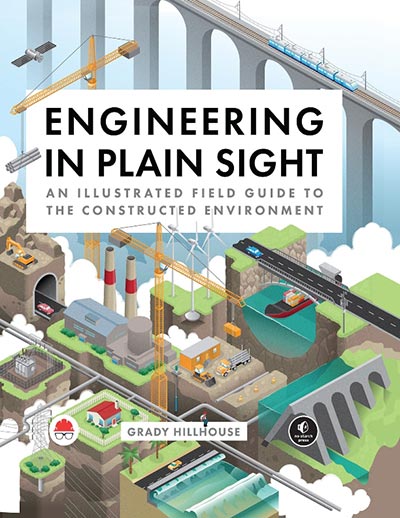
Engineering in Plain Sight — An Illustrated Field Guide to the Constructed Environment
By Grady Hillhouse
The book shows how infrastructure around us works, from power lines and bridges to water systems and tunnels. It uses clear writing, color illustrations, and bite-sized explanations to help non-engineers “see” the built environment with new eyes, spotting everyday engineering details that usually go unnoticed
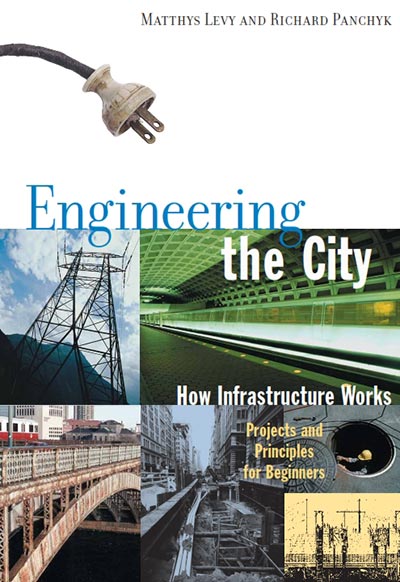
Engineering the City: How Infrastructure Works (Projects and Principles for Beginners)
By Matthys Levy & Richard Panchyk
The book explains how the hidden systems of a city—such as water, electricity, gas, sewers, bridges, roads, and wires—are built and function. It traces how these infrastructures evolved with urban growth, uses diagrams, experiments and games to teach principles, and shows both visible and invisible parts of city engineering.
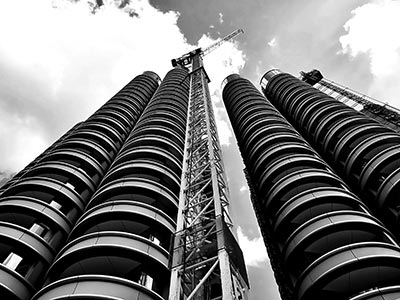
Structural Engineering
Structural engineering deals with the forces acting on structures and how these forces are safely transferred to the ground.
More explanation on structural engineering
Structural engineering studies forces applied on a structure; how to carry them and properly transfer them to the ground. The forces could come from people, animals, vehicles, wind, earthquake, water, etc.
In case of buildings, structural engineer receives designs from architectural engineer. Then, he/she analyze and design different parts (beams, columns, shear walls, etc) of the building to carry loads and stand on the ground. Furthermore, structural engineers are also intensively involved in similar tasks on bridges, towers, and other civil engineering structures too. Depending on the type of structure, we name structural engineers as building structural engineer, bridge structural engineers, and so on.
Geotechnical Engineering
This field studies the strength and behavior of soil and rock to ensure the ground can safely support structures like buildings, bridges, and dams.
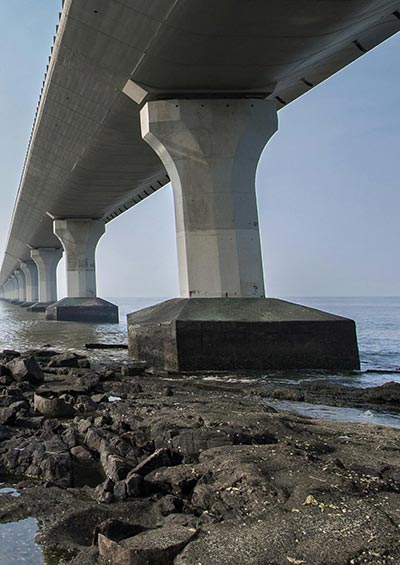
More explanation on geotechnical engineering
Almost all civil engineering structures are placed on natural and/or man-made ground. Geotechnical Engineering studies the load carrying capacity and stability of the ground. This field studies behavior and strength of soil and rocks in the ground.
Massive structures like sky scrapers, bridges, dams, etc exert a lot of pressure on the ground. This leads to stress and settlement of the ground. If these stress and settlement exceed the allowable limit, the building or bridge can fail or lean. In addition, this field studies landslides and earthquakes.
Construction Material Engineering

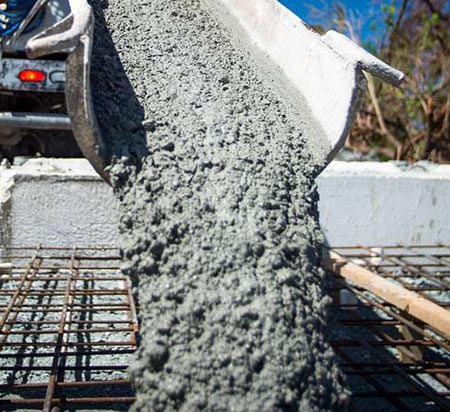
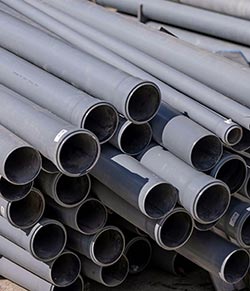
Construction Materials Engineering focuses on studying materials behavior in the lab and field to set requirements that ensure quality.
More explanation on construction materials engineering
Construction materials can be defined as items or things used to build or construct civil engineering structures. There are a lot of construction materials like concrete, stone, timber, steel, asphalt, soil, bricks, hollow blocks, aluminum, glasses, plastics, geosynthetics, etc. These materials need to have certain qualities to carry loads and withstand other environmental factors.
Construction Materials Engineering studies the behavior of these materials both on field and laboratory. It specifies certain requirements to reach planned quality.
Transportation and Traffic Engineering
Transportation and traffic engineering involves planning, designing, building, and managing infrastructure to enable efficient transport which is essential for development and progress.

More explanation on transportation and traffic engineering
Transportation can be generally defined as moving or transporting people, commodities, materials, animals, and so on from one place to another. For this purpose, transportation means like carts, vehicles, buses, trucks, trains, airplanes, etc. are required. These transportation means need roads, bridges, railways, and airfields infrastructures to travel and land on.
Transportation and traffic engineering is planning, designing, building/constructing, managing and maintaining of these infrastructures. Any nation with high development goals should aspire to proper and efficient systems of transport and traffic management.
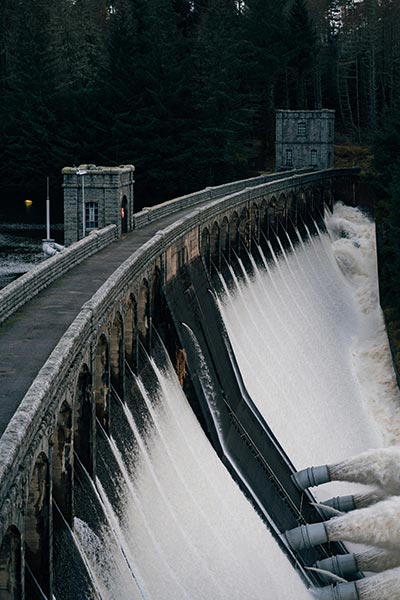
Hydraulic Engineering
Hydraulic engineering focuses on studying how water moves and behaves, and it designs systems like dams, canals, and bridges to control, store, and deliver water safely where it is needed.
More explanation on hydraulic engineering
All living things require water for survival. However, water is not found everywhere. This means that there is a need to transport water from one place. Hydraulic engineering studies water movement and retention in a given environment.
Hydraulic Engineering analyzes the force and effect of water movement as a fluid. Hydraulic Engineering develops models for dams, bridges, irrigation canals, bridges, etc so that water can be stored and safely transported to its intended location.
Environmental Engineering
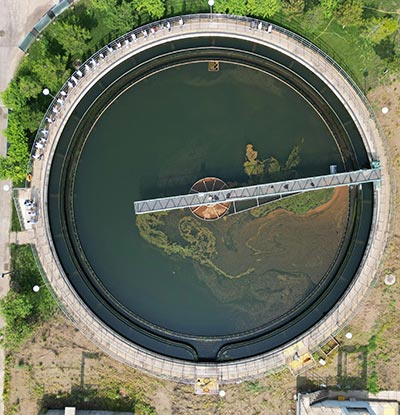

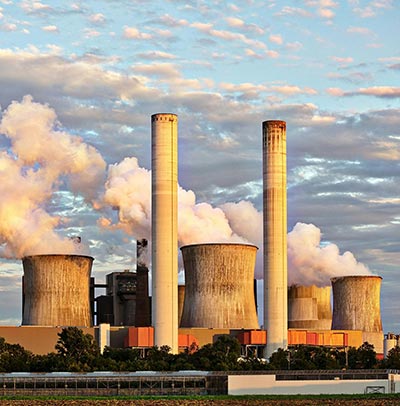
Environmental engineering deals with protecting the environment and public health through proper design, construction, and management of systems that handle water, air, and waste. Civil engineers in this field work on projects such as clean water supply, wastewater treatment plants, solid waste management, drainage systems, pollution control, and sustainable construction practices.
More explanation on environmental engineering
This civil engineering field is drawn from environmental science in which human beings use environment’s resources. Environmental engineering studies, plans, designs, construct plants for the following purposes:
- Provide clean water to people
- Waste water treatment
- Pollution control
- Garbage collection and disposal
In general, environmental engineering build treatment plants and prepare disposal areas so that we get clean drinking water and safe environment to live in.
Construction Management
Construction management ensures that a project is completed on time, within budget, and according to quality and safety standards. It involves the process of planning, coordinating, and controlling a construction project from start to finish.

More explanation on construction management
Most civil engineering fields discussed above are inter-related and involve planning, analyzing, designing and modeling of particular structures. To actually build or construct these structures, construction management is required. Construction management plans, estimates, bids, construct, and maintain all civil engineering structures.
Construction management starts by studying the needs and requirement of a certain project.
Summary
Civil engineering is an integral part of our life in which it builds and/or construct unique structures which enables our daily life safe and easy. Civil engineering provides:
- Safe and comfortable houses, buildings, offices
- Fast and smooth roads, bridges, railways, airfields
- Water for drinking, washing, swimming
- Waste water treatment for healthy environment
- Pollution control and waste management
- Mitigation measures from natural disasters
To safe guard the above way of life, it is vital to properly study and apply civil engineering. Civil engineering professionals in each specific field shall be employed to undertake projects. In our next post, we will uncover the disasters that happened in connection to civil engineering.
WHAT DO YOU THINK OF THE ABOVE ARTICLE?
Share your ideas with our community via the comment box below.
OR
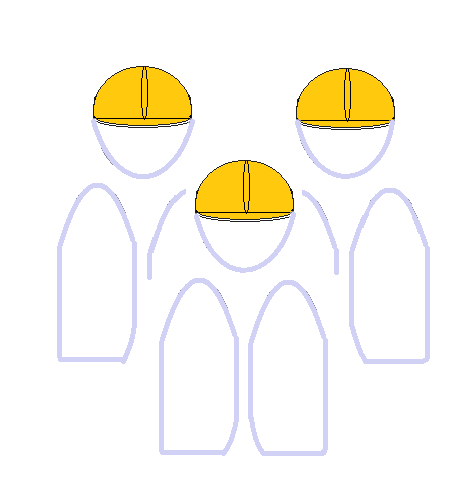

Leave a Reply